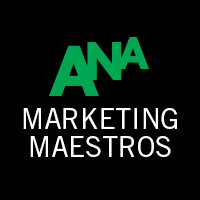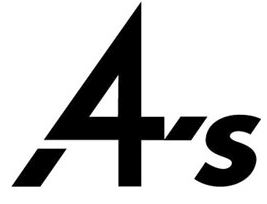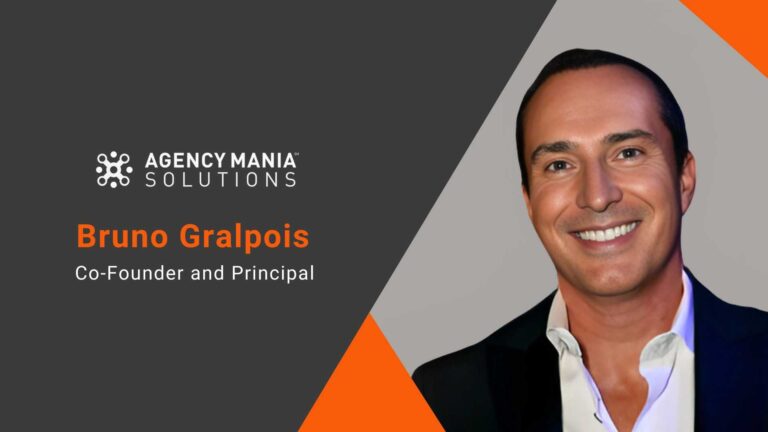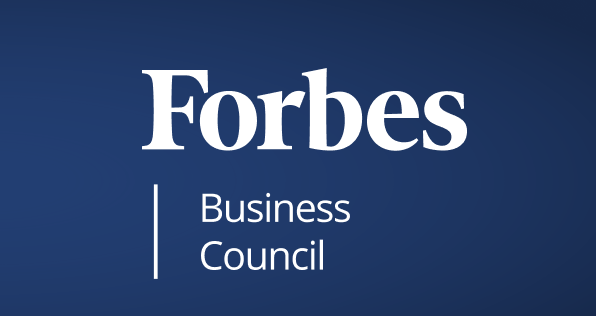Featured on The ANA Marketing Maestros, 4A’s and Adforum:
How brand advertisers enable agency partners to drive business and brand growth through process automation.
— Read the article published by ANA Maestros —
— Read the article published by 4A’s —
— Read the article published by Adforum —
GROWTH. If there is one word that best describes the imperative nature of marketing and the priority shared by all CMOs in these unprecedented times, this is it. Growth has never been a greater priority than it is today. This is not a new idea of course. The industry and CMO community have rallied around the importance of marketing as a growth vehicle in prior years. The CMO Growth Council was established by the well-respected Association of National Advertisers (ANA) and Cannes Lions in June 2018 to build a roadmap for driving business growth through marketing. After all, according to the ANA, 1% growth is expected to drive $500 billion over a three-year period.

Yet, as we deal with economic uncertainty and a health crisis, every dollar matters and company resources – talent, budget, and effort – are carefully prioritized to fuel demand and grow brand equity. But how should we define growth? And how do we ensure agencies become major contributors and drivers to that business and brand growth?

What does GROWTH mean in Marketing?
The ANA Growth Council identified four growth priorities: Brand experience, creativity, and media. 2) Data, technology, and measurement. 3) Talent and marketing organization, and 4) Society and sustainability. Out of these four growth priorities, a few things stand out in the context of agency partnerships, namely: 1) How we integrate agency capabilities across marketing disciplines, 2) How we use data and technology to measure and optimize the work and the relationship – the means by which the work gets done, 3) How we align and map internal and external talent to build the best marketing , and 4) How we do so in a responsible and ethical manner as partners and as members of society.
In the context of the management of the client/agency relationship, the growth priorities referenced above can be achieved only if the agency journey (aka “supplier journey” in plain procurement terms) is designed to run smoothly and productively. This is most commonly achieved through the automation of common tasks and activities that can then be executed on a faster path and more accurately, resulting in higher productivity, fewer errors, improved collaboration, less friction, and better outputs. Do you know any CMO who would not want to enable this in their organization? I do not and I am sure, neither do you.
Let’s take a closer look at key drivers for the automation of the CMO supplier journey and how they impact growth:
Simplification:
There are many interaction points in the supplier journey, from the time an agency is added to the roster to defining the scope, opening a PO, reviewing the work, and the countless steps in-between. The larger the organization (brands, regions, agency types, compensation models, operating guidelines, etc.), the greater the complexity for that process to unfold. It results in more headaches and higher costs. Simplifying that journey helps reduce costs and friction.
Integration:
Although there might be justifiable differences based on the type of services provided, standardizing and connecting common agency activities like building scopes or submitting actuals so data can be aggregated to provide meaningful reports and analysis is a major plus for advertisers. Data should be set up to be fed from one system to another, like publishing agency evaluation results into a roster tool for a more comprehensive agency profile.
Automation:
Too many steps remain manual using email and other standard productivity software to share information. These tools are inadequate to eliminate manual activities and tasks that consume significant time for marketers, procurement professionals, and agency staff alike. Relying on a more automated process significantly reduces errors and unproductive time and allows for more strategic use of talent and resources.
Agility:
Organizations are in constant change. This is their evolutionary nature. Reorganizations. Shifting priorities. Acquisitions and mergers. New product launches. And the list goes on. So, the use of tools is only efficient if the tools can quickly adapt to these new requirements. Agility and responsiveness become essential to keeping organizations fluid and operating at top speed. Conversely, relying on rigid tools and processes keep teams from embracing change and driving sustained growth.
Customization:
In search of excellence and over years of operational experience, large to mid-size organization have built and refined workflows, processes, and taxonomies that govern their internal interactions as well as those with external third-party resources. So, they are not likely to bend or change their internal frameworks to conform to standardized automated solutions that fail to adapt to their needs. Customization becomes essential so advertisers do not have to compromise these internal frameworks to benefit from automation. Optimally, automated processes are fully customized to meet their existing needs but are agile enough to evolve as they do.
Visualization:
Growth is possible when the organization is empowered to make effective decisions based on sound, timely, and accurate data. Of course, data by itself is not sufficient. The data must be prepared to be easily digested, internalized, and effectively analyzed to inform quality decisions. Dashboards enable the visualization of that data, which speeds up the decision process while improving it.
In conclusion, agencies are essential assets for advertisers in their quest for growth. Yet, these assets are under-utilized and sub-optimized without the proper level of automation throughout the supplier journey – from roster, scope, and briefing to performance management, so they can move faster, produce better, and collaborate more effectively with their clients. If growth is the CMO’s top agenda item, then automating the management of agency partners is a critical component. If it was a good idea then, it’s an even better idea now.
By Bruno Gralpois, Co-Founder & Principal, ANA Instructor
November 5, 2020








